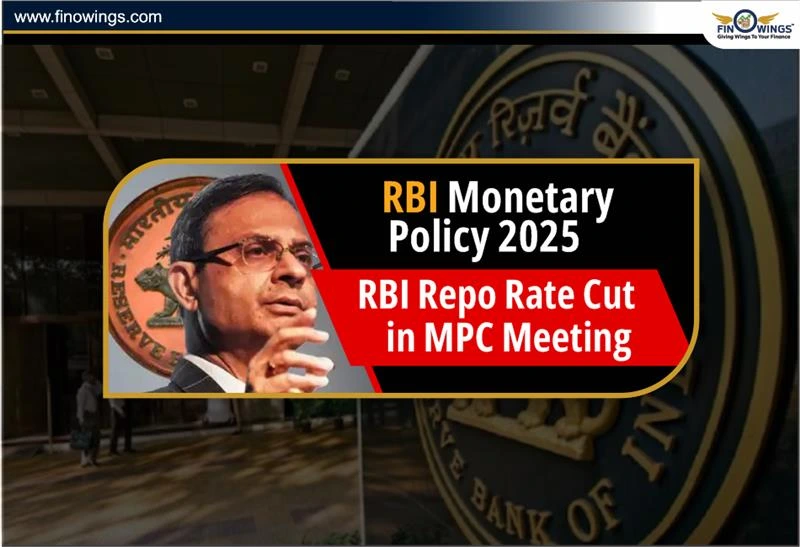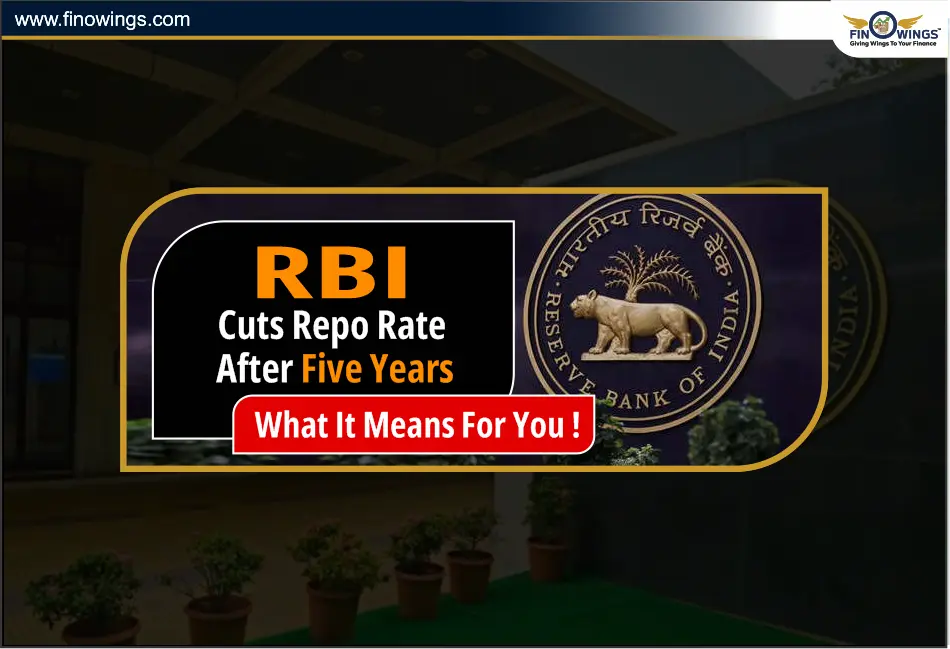Home >> Blog >> Bangladesh Crisis: Impact on Indian Economy
Bangladesh Crisis: Impact on Indian Economy

Table of Contents
Hey there, smart readers! and investors Are you prepared for some earth-shattering information that could revolutionise India and its neighbouring countries? Let’s see what is going on in Bangladesh and how that may impact India. Furthermore let us touch upon the issue of Kanpur, also known as the Manchester of India during this time of crisis.
Hang onto your hats – this one’s big! 🚀
What's Going On in Bangladesh?
India has had a strong alliance with Bangladesh since 2009 when Sheikh Hasina became the Prime Minister. In this time, the two countries have extensively grown in trade; India sells goods worth more than it buys from Bangladesh. Nevertheless, Indian might come across some problems due to Bangladeshi political instability now.
Why Should You Care?
Bangladesh Crisis will have a huge impact on various sectors of India because there are millions of Indians employed in various sectors that are likely to be affected. About 2.3% of the country's GDP, 13% of industrial production, and 12% of exports are from the Textile industry, and 2.5% of the country's GDP is accounted for the FMCG sector.
Trade Relations at Risk
-
Goods valued at $13 billion were exchanged by India and Bangladesh in the previous year. India exports cotton, petroleum, cereals among other products to Bangladesh, which imports ready-made clothes from it. This trade may be disrupted if the situation continues to deteriorate in Bangladesh.
-
Cotton Exports: Indian farmers will bear the brunt if they stop trading because Bangladeshi consumes large amounts of their cotton.
-
Petroleum and Cereals: These are major exported commodities that could face issues.
-
Garments: In terms of clothing, India buys worth $391 million from Bangladesh – any trouble here would impact both nations equally.
Major Exported Items from India to Bangladesh with Amount & Quantity
Major Imported Items by India from Bangladesh with Amount & Quantity
India's exports to Bangladesh amounted to $11.00 billion in FY 2024, showing a decrease from $12.21 billion in FY 2023. On the other hand, imports from Bangladesh stood at $1.84 billion, also reflecting a decline from $2.00 billion in the previous fiscal year.
Free Trade Agreement: A Missed Opportunity?
India and Bangladesh were in negotiations for a free trade agreement (FTA) to reduce customs duties and increase trade volumes. This was seen as a game changer. According to the World Bank, such an agreement could push up Bangladeshi exports to India by 297% and Indian exports to the latter by 172%. However, things have changed now; it’s uncertain if they will sign the deal or not.
Let's find what experts are saying.
Expert Opinions
Agriculture Worries
Mohit Singla, from the Trade Promotion Council of India, says, “With the harvest coming, our $1.8 billion agri exports like soybean, onion, and rapeseed could be hit hard.”
Banking and Trade Issues
Ajay Sahai, from the Federation of Indian Export Organisations, adds, “Internet problems are messing up banking, and exporters are worried about land border trade with Bangladesh. The next week or so is crucial.”
Infrastructure: The Backbone of Trade
Since 2016, India has invested $8 billion in Bangladesh’s infrastructure – roads, railways, ports. Projects like the Akhaura-Agartala rail link are vital for trade and travel. If these get disrupted, India’s access to its Northeast region could be in trouble.
Effect on Kanpur (U.P.)
Rice, wheat, fruits and vegetables, leather, engineering goods, plastic goods and textiles are some of the products mainly exported to Bangladesh from Kanpur. Bangladesh is seen as a big export center by the businessmen. Unfortunately during recent months there have been problems with sending goods to this country. A lot of orders are blocked; there are no new ones too. Moreover many people complain about money receiving.
What’s Next?
Last year, India had a $9.2 billion trade surplus with Bangladesh. Major exports include cotton, tea, vegetables, vehicles, and electrical machinery. But the current unrest is already causing problems, especially for exporters in Kolkata.
The Bottom Line
The next few days will be critical in seeing how this political crisis affects trade between India and Bangladesh. Stay informed and think about how these changes might impact you.
So, what do you think? Share your thoughts in the comments below!
Frequently Asked Questions
Bangladesh's political unrest disrupts trade routes, impacts customs procedures, and leads to uncertainties in bilateral trade agreements, affecting the flow of goods between the two nations.
Major exports include cotton, petroleum, cereals, tea, vegetables, vehicles, and electrical machinery. Disruptions in these areas can significantly impact India's economy, especially the agriculture and textile sectors.
Bangladeshi mills consume large amounts of Indian cotton. Any disruption in trade can lead to a surplus in India, driving down prices and impacting farmers' incomes.
Kanpur exports rice, wheat, leather, engineering goods, and textiles to Bangladesh. Disruptions in these exports can lead to economic losses, order cancellations, and payment delays for businesses in Kanpur.
The FTA negotiations aimed to boost trade by reducing customs duties. However, the current political situation in Bangladesh has cast doubt on the timely signing and implementation of the agreement.



















